Dyshidrosis is a chronic skin disease that indicates problems in the patient's body. The article will help to establish the cause of the appearance of dyshodrosis and choose the appropriate treatment.
Content
- Dyshidrotic eczema on the arms and legs - Dyshidrosis: Symptoms and causes
- Types of Dyshidrosis: dry plate, allergic
- Dyshidrosis treatment with drugs, ointments
- Zinc ointment for the treatment of dyshidrosis
- Treatment of Dyshidrosis Folk remedies
- Baths with Dyshidrosis
- Dyshidrosis treatment in children
- Treatment of dyshidrosis during pregnancy
- Video: What is dyshidrotic eczema, why is it manifested and how to treat?
Suddenly, but regularly arising small subcutaneous bubbles on the palms and feet are not at all harmless. This is a skin disease, indicating disorders in the work of human systems and organs, is called Dyshidrosis or Dyshidrotic eczema.
Dyshidrotic eczema on the arms and legs - Dyshidrosis: Symptoms and causes
Dyshidrotic eczema - chronic illness. It manifests itself on the feet and palms in the form of small subcutaneous itching bubbles filled with liquid, which occur due to blockage of sweat ducts. It may also affect the fingers and legs.
Usually the patient notices a new bubble by accident: by scratching an itching place, he reveals unevenness on the surface of the skin.
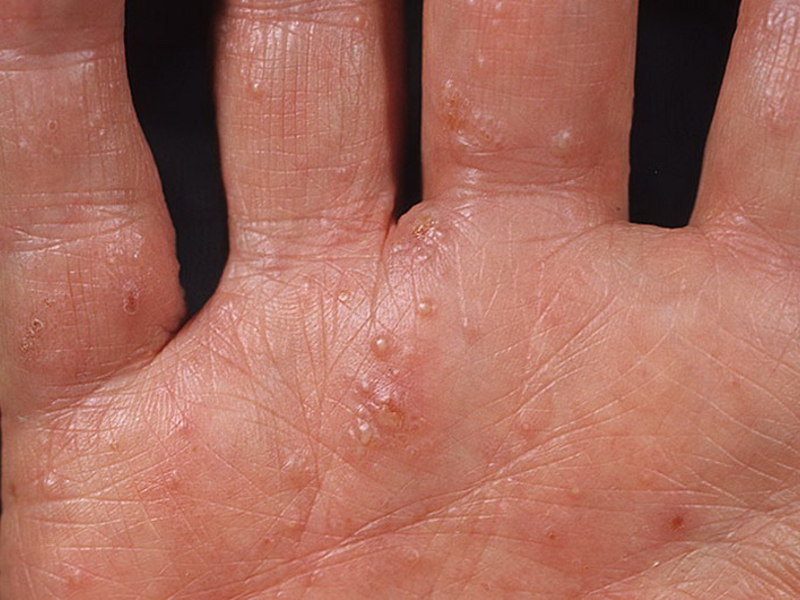
Important: Dyshidrosis bubbles are located deep under the skin. The dimensions of the visible part of the halls do not exceed 5 - 7 mm in width, and in height they are not more than 0.5 mm.
Dyshidrosis elements can be collected in groups Or appear one by one. If several halls are located very close, they merge into one larger education. The larger the bubble, the more painful and the longer it heals.
Medium -sized house -sizes “ripen” for about 3 weeks. All this time, the skin in the affected place changes: it becomes dry, rude, peeling, stains in dirty yellow.

Important: with combs or independent autopsy, the disease can be complicated by the addition of bacterial infection.
The reason for the development of dyshodrosis can be:
- heredity
- the decline of immunity
- metabolic disease
- regular effect on the skin of allergens (detergents, cleaning products)
- endocrine diseases
- frequent stress, experiences
- strong fright
- increased sweating
- gastrointestinal diseases
- chronic infectious diseases "dormant" in the body
- abuse of alcoholic beverages and coffee
- long -term intake of certain drugs
- vegetes -vascular dystonia
- fungal skin damage
Important: Dyshidrosis is a seasonal disease. It is aggravated in the warm season. Usually it affects young people aged 15 to 40 years. The disease is not contagious and cannot be transmitted with handshakes and in everyday life.
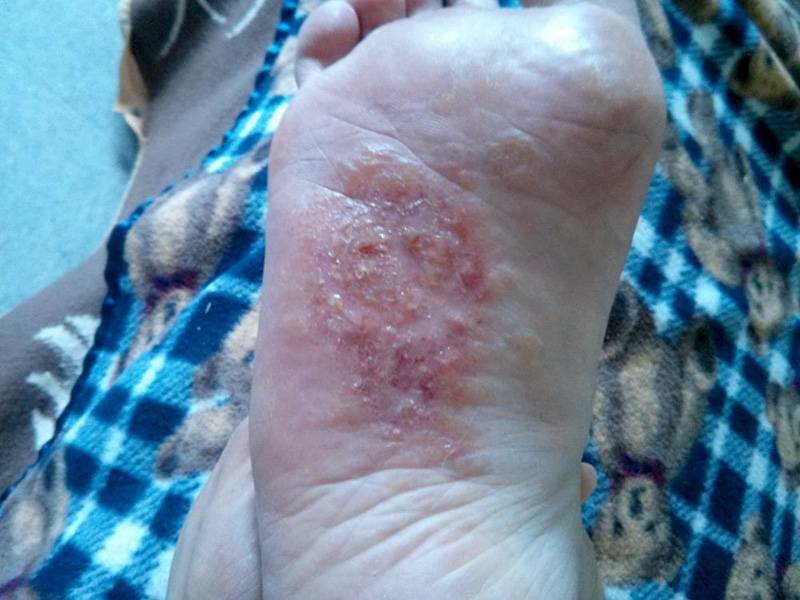
Types of Dyshidrosis: dry plate, allergic
A variety of dyshidrosis is dry plate Dyshidrosis. Its difference is that the bubbles filled with liquid do not develop under the skin, but the palms and feet of the patient covers the peeling skin, which can be removed with layers.
Important: the treatment of dry lamellar disordosis has its own characteristics and should take place under the supervision of a dermatologist.
Allergic Dyshidrosis It occurs as a result of an increase in the alergophone. It is manifested by a standard way for dyshidrosis: the bubbles arise sharply, “an attack”. They itch and cause discomfort. Often begins after contacting the skin of the hands with cleaning and detergents of low quality.
IMPORTANT: to weaken the symptoms of allergic dyshidrosis will help the use of antihistamines.
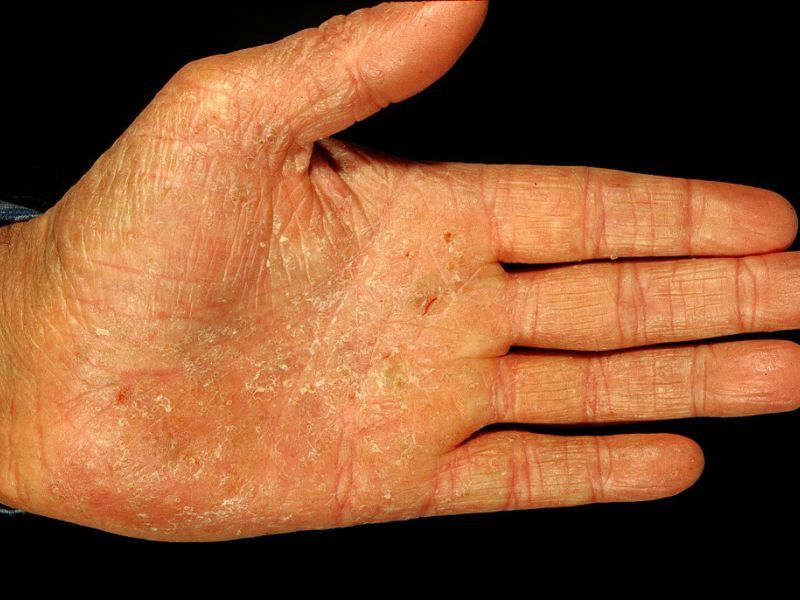
Dyshidrosis treatment with drugs, ointments
Dyshidrosis treatment is prescribed only after determining the cause that caused it:
- If the disease “gains momentum” in the hot season and explains increased sweating of the patient or confirmed vegetovascular dystonia, for its effective treatment, an atropine solution is used (0.1 - 0.25%). The drug is used for 12 days, starting with 4 drops. Every day, the dose increases by 1 drop, then decline. Inside novocaine (0.5%) three times a day before meals is taken
- When the cause of the development of dyshodrosis becomes nervous shocks, the main drugs in therapy are sedatives: valerian, motherwort, peony tincture, St. John's wort preparations and others
- If Dyshidrosis is caused fungal diseases, then first of all they treat them, and after that, if necessary, Dyshidrosis itself
- At allergic Dyshidrosis A long -term intake of antihistamines is prescribed and a hypoallergenic diet. Of course, it is necessary to identify and eliminate the allergen
Local treatment of any of the above types of dysphydrosis is the use for the hands and feet of baths with a series, chamomile, St. John's wort, black and green tea.
Important: before placing the affected limb in a decoction, the bubbles are punctured and treated with medical alcohol.
Dry plate dihydrosis It is treated with ointments: dermatol (5%) and ichthyol (5%), boron alcohol and retinol.

IMPORTANT: In the treatment of any form of dieshydrosis, you should be patient. The disease may not succumb to treatment for some time and give relapse.
Often, comprehensive treatment of dyshodrosis includes physiotherapeutic procedures, such as:
- warm treatment
- ozonotherapy
- laser cauterization
- ultrafonophoresis
Zinc ointment for the treatment of dyshidrosis
Zinc ointment represents a zinc oxide failure, diluted with petroleum jelly in a ratio of 1:10. Due to its anti -inflammatory, drying and astringent properties, it is widely used both for the treatment of various skin diseases, including dyshidrosis.
Important: zinc ointment applied with a thin layer on damaged areas of the skin after hygienic procedures, relieve irritation, facilitate itching, and will have a drying effect. You can use the ointment up to 4 times a day.
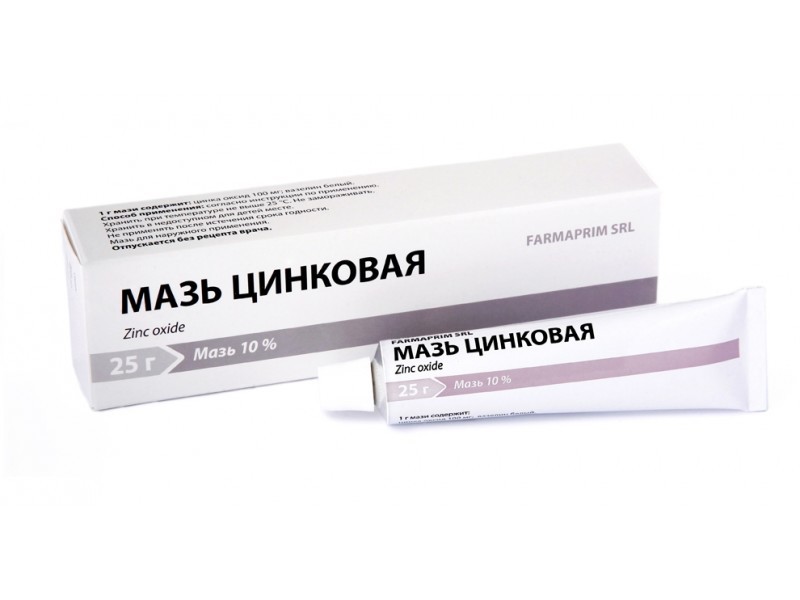
Treatment of Dyshidrosis Folk remedies
In almost all folk recipes for dyshidrosis, the mandatory component is celandine juice.
Recipe No. 1. Mix 0.5 tsp. Home fat sour cream with 7 drops of celandine juice. Apply to the cleansed affected skin of the hands and feet 2 - 3 times a day for several minutes, then wash off with warm water.
Recipe No. 2. To a strong decoction of chamomile (100 g) add 10 drops of celandine juice. Wipe the palm several times a day with this remedy.
Recipe No. 3. Open the bubbles of dyshidrosis and carefully treat the alcohol tincture of the calendula. After they dry, apply a mixture of aloe juice with celandine juice (1: 1) to each of the bubbles, trying to get as deep as possible.
You can use it in its purest form. For this, juice, which is released on the sections of the stems of a fresh celandine plant, “cauterize” each individual element of dyshidrotic eczema. Previously, the bubbles are neatly opened with a thin acute needle treated with alcohol.

Important: when using celandine juice, difficult yellow-brown spots remain on the skin.
Baths with Dyshidrosis
Baths with medicinal herbs help reduce the symptoms of dyshodrosis, alleviate itching and relieve swelling. With dyshodrosis, effective: a series, sage, chamomile, yarrow, calendula, valerian root, St. John's wort and oak bark.
To prepare a decoction, take 10 hours.L. dry pharmacy grassput in enameled dishes, pour boiling water ( 0.5l.) and put on a slow fire on 5-10 minutes. As soon as the decoction has cooled a little, use it like a bath, placing the limbs damaged by dishydrosis into it until the liquid cools completely.
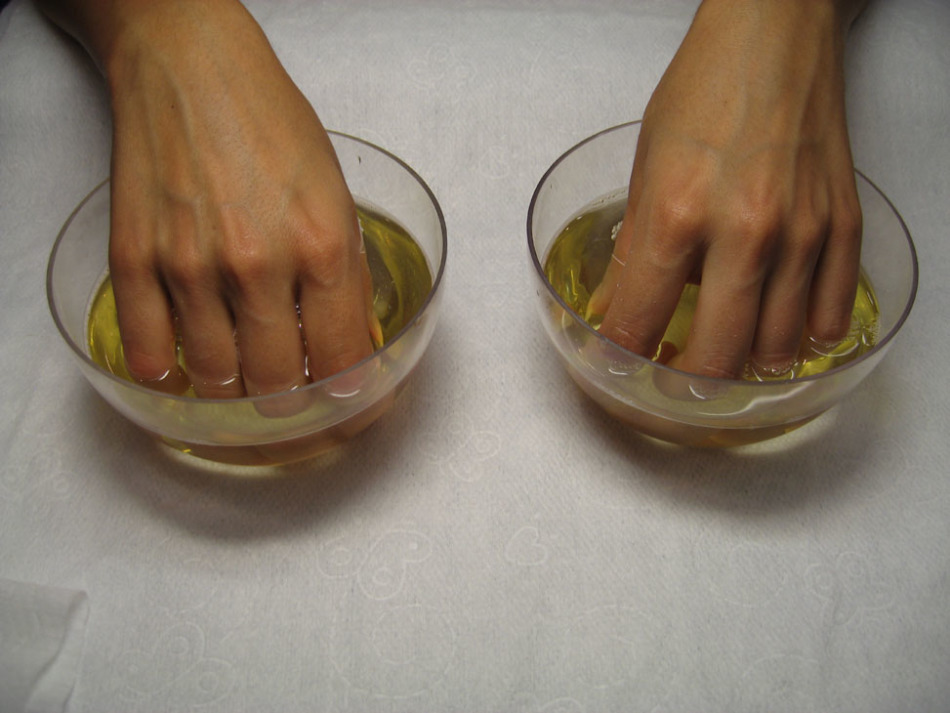
Dyshidrosis treatment in children
The treatment of dysphydrosis in children has one feature: the kids are likely to comb itching rashes, so it is unlikely to avoid the addition of a bacterial infection. Antibacterial ointment will be present in therapy.
In any case, before proceeding with treatment, it is necessary to find out the cause of the dyshodrosis.
- Dyshidrosis usually affects the skin of the palms and feet in the case a strong decline in immunity or is a kind of allergic reaction of the body.
Having strengthened the health or eliminating the effect of the allergen, it will be possible to prevent new rashes, and with the help of ointments and herbal baths - to speed up the healing process of existing ones.
- If the dyshidrosis struck the delicate skin of the baby located on breastfeedingMother should reconsider her diet. Most likely, the reason lies in her inal meals.
Important: in adolescence children can develop against a background of strong experiences. In this case, sedatives will help.

Treatment of dyshidrosis during pregnancy
The doctor performs the treatment of dyshidrosis in pregnant women extremely carefully. After clarifying the cause of the development of the disease, prescribes only those drugs that will not harm the health of the unborn child.
The use of antigstamines is mandatory. It is possible to remove itching and swelling with zinc ointment and herbal baths.
Important: pregnant women should not try to treat disorders on their own, since incorrectly selected medicines can only aggravate the situation.

To successfully get rid of the dyshodrosis of only drug treatment, it is not enough. It is important for patients to adhere to the principles of proper nutrition, or, at least, exclude spicy, fried, smoked and salty dishes from the diet. Care should also be caused by coffee, chocolate, honey, berries, eggs, citrus and dairy products.







